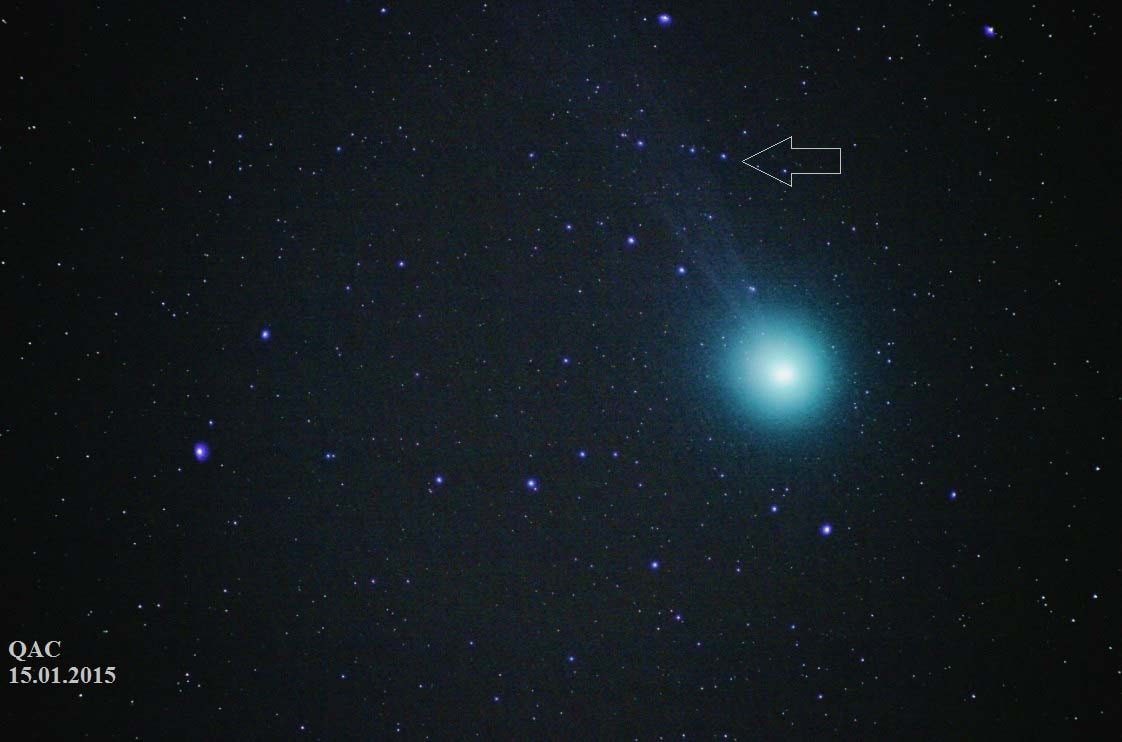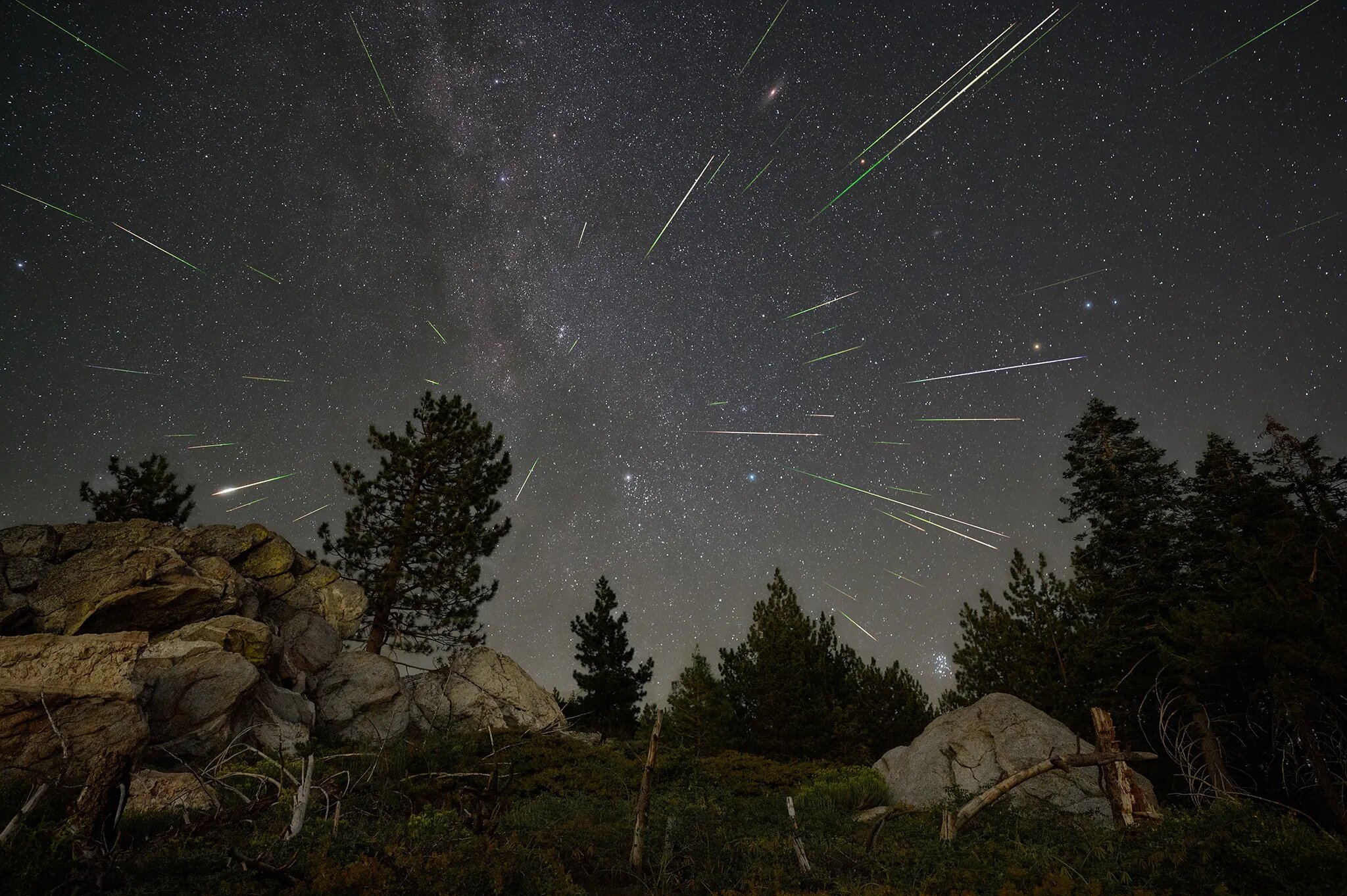
A newly discovered but very old comet has been lighting up night skies around the world with a greenish glow over the past few weeks, and has also been delighting star-gazers in Qatar.
This is apparently the first time in 8,000 years that Comet Lovejoy, or C/2014 Q2, is visible from earth, according to National Geographic.
Though the comet was easier to spot last week when skies were darker, Qatar Astronomy Club co-founder Jassim Lari said that residents only need a sky map, binoculars and a comfortable chair to enjoy the show.
Speaking to Doha News, Lari added:
“Qatar residents can still observe the comet for the next two weeks or so, but it’s getting dimmer now as it is traveling away from us through space. On the 25th on January, its brightness will be approximately 5.2, therefore it’s better to use a binocular to observe it.”
Finding the comet
When looking for Comet Lovejoy, astronomers advise first finding Pleiades, one of the brightest star clusters in the night sky, and then looking southeast.

In addition to binoculars, a warm sweater may also be of use, as Qatar’s nighttime temps have fallen to the lows 10Cs this week.
The comet, which was discovered in August last year, appears green because “molecules of diatomic carbon (C2) are fluorescing in ultraviolet sunlight in the near-vacuum of space,” explains Sky and Telescope.
The publication added:
“Lovejoy passed closest by Earth on January 7th, at a distance of 0.47 a.u. (44 million miles; 70 million km). Although the comet is now receding from us, its intrinsic brightness is still increasing a bit. That’s because it doesn’t reach perihelion, its closest to the Sun, until January 30th (at a rather distant 1.29 a.u. from the Sun). By that date the comet will be fading from Earth’s point of view. And the Moon will be brightening.”
Do you plan to check it out? Thoughts?







